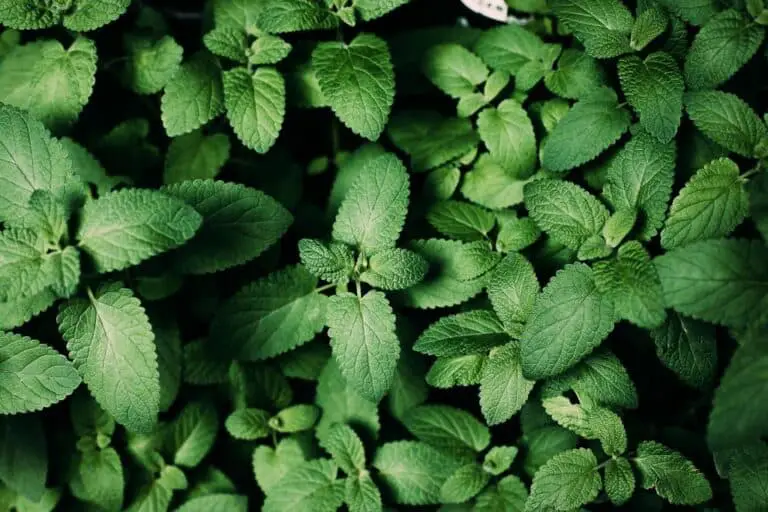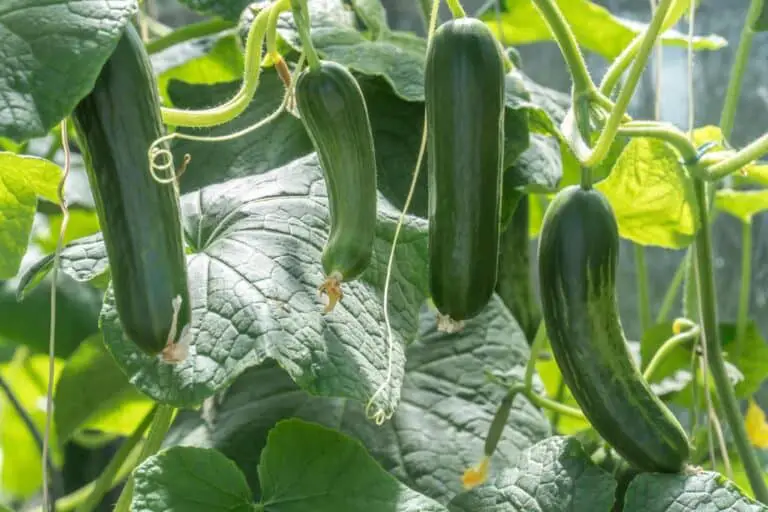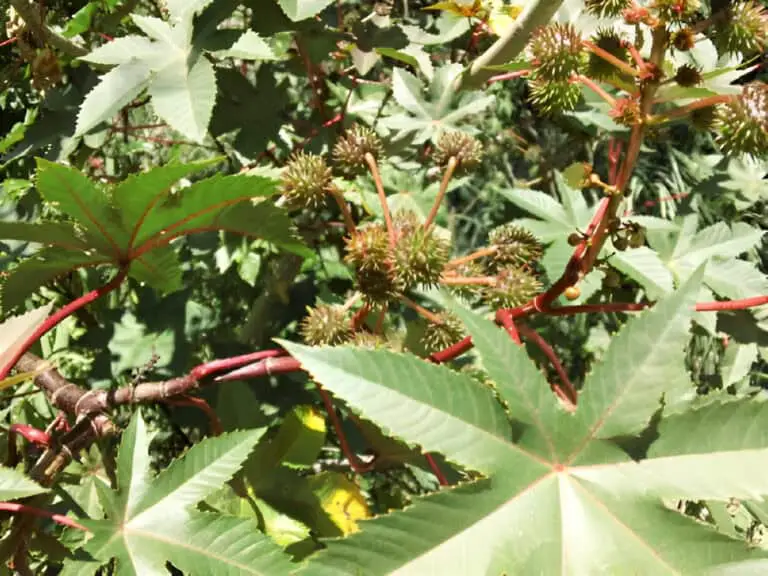Acorn Squash Plant Spacing: How Far Apart Should You Plant Them?

Acorn squash is a popular winter squash variety that is easy to grow and highly nutritious. It is a great source of vitamins A and C, as well as fiber and potassium. However, to get the best yield from your acorn squash plants, it is important to pay attention to plant spacing.
When planting acorn squash, it is important to give each plant enough space to grow and thrive. This means spacing the plants out properly and ensuring that they have enough room to spread out their leaves and roots. Planting too close together can result in overcrowding, which can lead to stunted growth, poor yield, and an increased risk of disease.
So, how far should you plant acorn squash in ideal conditions? Each plant should be spaced 3–4 feet apart in rows that are 6–8 feet apart. This allows for adequate air circulation and prevents overcrowding, which can lead to disease and poor fruit development.
It’s not just about placing seeds in the ground; it’s about creating the perfect stage for each squash to flourish. In this verdant expanse, we’ll delve into the art of acorn squash plant spacing, unraveling the mystery of the ideal separation for optimal growth.
So grab your gardening gloves and join me in exploring the dance of earth, seeds, and space as we uncover the secrets to a bountiful acorn squash harvest.
Understanding Acorn Squash

Characteristics of Acorn Squash
Acorn squash is a winter squash that is characterized by its distinctive shape and ribbed exterior. It is a member of the Cucurbitaceae family, which includes other popular vegetables such as cucumbers, pumpkins, and zucchini. Acorn squash is known for its sweet, nutty flavor and is a popular ingredient in soups, stews, and casseroles.
Acorn squash plants can grow up to 3–4 feet in height and 4-5 feet in width. The leaves are large and heart-shaped, with a rough texture. The fruit of the plant is round and ribbed, with a hard, green exterior that turns to a golden yellow or orange color when fully ripe. The flesh of the fruit is bright orange and rich in vitamins A and C.
Optimal Growing Conditions
Acorn squash plants thrive in warm, sunny locations with well-drained soil. They require a minimum of 6–8 hours of direct sunlight per day and should be planted in soil that has a pH between 6.0 and 6.8. The ideal temperature range for growing acorn squash is between 70-85°F.
When planting acorn squash, it is important to space the plants properly to ensure optimal growth and yield. In addition to proper spacing, acorn squash plants require regular watering and fertilization throughout the growing season. It is recommended to water the plants deeply once a week, and to fertilize with a balanced fertilizer every 2-3 weeks.
Overall, understanding the characteristics and optimal growing conditions of acorn squash is essential for a successful harvest. By providing the right environment and care, gardeners can enjoy a bountiful crop of this delicious and nutritious vegetable.
Factors Influencing Plant Spacing
The ideal distance between acorn squash plants depends on several factors, including the variety of squash, soil quality, and your specific gardening conditions. Here’s a breakdown of key considerations:
1. Squash Variety
Different acorn squash varieties exhibit varying growth habits. Some are bush varieties, while others are vining. Bush varieties generally require less space, while vining types benefit from more generous spacing.
2. Soil Quality
Well-draining soil enriched with organic matter creates an environment conducive to healthy root development. Assess your soil quality to determine the spacing that suits your garden conditions.
3. Garden Layout
Consider the layout of your garden beds. Efficient use of space is essential, but be mindful not to overcrowd the area. A well-thought-out plan ensures each plant receives adequate resources.
How Far Apart Should You Plant Acorn Squash?
Reasons for Proper Spacing
Proper spacing of acorn squash plants is essential for healthy growth and maximum yield. When plants are spaced too closely together, they compete for resources such as water, nutrients, and sunlight. This can lead to stunted growth, poor fruit development, and an increased risk of disease.
In addition, overcrowded plants are more likely to attract pests and diseases, which can spread quickly from plant to plant in dense plantings. Proper spacing allows for better air circulation and reduces the risk of disease.
Spacing Guidelines
The recommended spacing for acorn squash plants varies depending on the variety and the growing conditions. In general, plants should be spaced 3–4 feet apart in rows that are 6–8 feet apart. This allows for adequate room for the plants to grow and spread out.
If planting in hills, space the hills 4-6 feet apart and plant 4-6 seeds per hill. Once the plants have germinated and started to grow, thin them to the strongest 2-3 plants per hill.
It is important to note that spacing guidelines are just that—guidelines. Factors such as soil fertility, climate, and plant variety can all affect the optimal spacing for your particular situation. It is always a good idea to consult with a local gardening expert or extension office for specific recommendations for your area.
Planting Techniques
When it comes to planting acorn squash, there are a few techniques that can help ensure a successful harvest. In this section, we’ll cover two important planting techniques: seed sowing depth and row planting method.
Seed Sowing Depth
Acorn squash seeds should be sown at a depth of 1 inch (2.5 cm) in well-draining soil. It’s important to not plant the seeds too deep, as this can inhibit germination. Additionally, planting the seeds too shallow can leave them vulnerable to drying out or bird predation.
Row Planting Method
The row planting method is a popular technique for planting acorn squash. To use this method, create rows that are 4-6 feet (1.2–1.8 m) apart. Within each row, space the plants 2-3 feet (0.6–0.9 m) apart. This spacing allows the plants to have enough room to grow and produce fruit without overcrowding each other.
By using these planting techniques, gardeners can increase their chances of a successful acorn squash harvest. Remember to also provide the plants with adequate water and fertilizer to help them thrive.
Step-by-Step Planting Guide
Now that you know the importance of acorn squash spacing, let’s walk through the steps to ensure your plants are optimally positioned for success:
1. Choose the Right Variety
Selecting the appropriate squash variety is the first step. Determine whether you have a bush or vining type, as this will directly impact the spacing requirements.
2. Prepare the Soil
Create a nutrient-rich bed for your acorn squash by amending the soil with compost. Well-draining soil promotes healthy root systems, a crucial factor in squash development.
3. Plan Your Layout
Before planting, map out your garden beds. Allocate space for each acorn squash plant, keeping in mind the recommended spacing guidelines.
4. Planting Seeds or Seedlings
Whether you’re starting from seeds or transplanting seedlings, follow the recommended spacing on the seed packet or nursery guidelines. Planting too close can lead to competition for resources, while excessive spacing may result in wasted garden space.
5. Provide Support for Vining Varieties
If you’re growing vining acorn squash, consider providing support structures such as trellises. This not only saves space but also encourages vertical growth, preventing sprawling vines from overtaking your garden.
6. Mulch Around Plants
Mulching helps retain soil moisture, regulates temperature, and suppresses weeds. Apply a layer of mulch around your acorn squash plants, leaving a small gap around the stems, to prevent moisture-related issues.
7. Monitor and Adjust
Regularly assess the growth of your acorn squash plants. If you notice crowding or inadequate spacing, don’t hesitate to adjust by carefully transplanting or removing excess plants.
Growth Management of Acorn Squash
Thinning Seedlings
Proper spacing is essential for the growth and development of acorn squash plants. Thinning seedlings is an effective way to ensure that each plant has enough space to grow and produce healthy fruits. When the seedlings are about 2–3 inches tall, thin them so that they are spaced about 18–24 inches apart.
This will allow each plant to have enough room to spread out and receive adequate sunlight and nutrients.
Pruning and Training
Pruning and training are also important for managing the growth of acorn squash plants. Pruning involves removing the suckers, or side shoots, that grow from the base of the plant. This helps to direct the plant’s energy towards the main stem and the production of fruits. Training involves gently tying the main stem to a stake or trellis to keep it upright and prevent it from sprawling on the ground.
It is important to note that pruning and training should be done carefully to avoid damaging the plant. Only remove the suckers that are small and growing close to the ground. Also, use soft ties or twine to tie the stem to the stake or trellis, and avoid tying it too tightly.
Common Challenges
Pest Control
Acorn squash plants are susceptible to a variety of pests, including squash bugs, cucumber beetles, and vine borers. These pests can cause significant damage to the plants, leading to reduced yields or even plant death.
To prevent pest infestations, you need to practice good garden hygiene, such as removing plant debris and weeds that can harbor pests. Additionally, planting companion plants such as marigolds or herbs like basil and thyme can help deter pests.
If pests do become a problem, there are a variety of organic pest control methods that can be used. One option is to handpick the pests off the plants or to use a vacuum to suck them up. Another option is to use insecticidal soap or neem oil, which can be applied directly to the plants to kill pests.
Disease Prevention
Acorn squash plants are also susceptible to a variety of diseases, including powdery mildew, downy mildew, and bacterial wilt. These diseases can cause leaves to yellow and wilt, ultimately leading to plant death. To prevent disease, it is important to practice good garden hygiene, such as removing plant debris and weeds that can harbor disease.
Additionally, planting disease-resistant varieties of acorn squash can help prevent disease. Some varieties that are resistant to powdery mildew include ‘Table Queen‘ and ‘Taybelle PM‘, while ‘Carnival‘ and ‘Honeybear‘ are resistant to downy mildew. If disease does become a problem, there are a variety of organic disease control methods that can be used, such as copper fungicides or compost tea.
| Also see: Green and White Acorn Squash: What Is the Difference Between? |
Harvesting and Storage
Harvesting Tips
Acorn squash is ready to be harvested when the skin is hard and the color is dark green. The stem should be brown and dry. It is important to harvest the squash before the first frost. A light frost will not damage the squash, but a hard frost can cause damage to the skin and affect the storage life.
When harvesting, use a sharp knife to cut the stem about 1 inch above the fruit. Be careful not to damage the fruit or leave too much stem attached. It is important to handle the fruit gently to avoid bruising.
Storing Acorn Squash
Acorn squash can be stored for several months if it is stored properly. The ideal storage temperature is between 50 and 55°F with a humidity level of 50–70%. If the temperature is too high, the squash will ripen too quickly and spoil. If the temperature is too low, the squash will not ripen properly.
Before storing, clean the squash by wiping it with a damp cloth. Do not wash the squash with water, as this can cause the squash to rot. Inspect the squash for any signs of damage or disease. Any damaged or diseased squash should be discarded.
Once the squash is cleaned and inspected, it can be stored in a cool, dry place. A basement or root cellar is an ideal location for storing squash. Do not store squash near fruits that produce ethylene gas, such as apples and bananas, as this can cause the squash to ripen too quickly.
| Related: How Many Acorn Squash Per Plant? |







